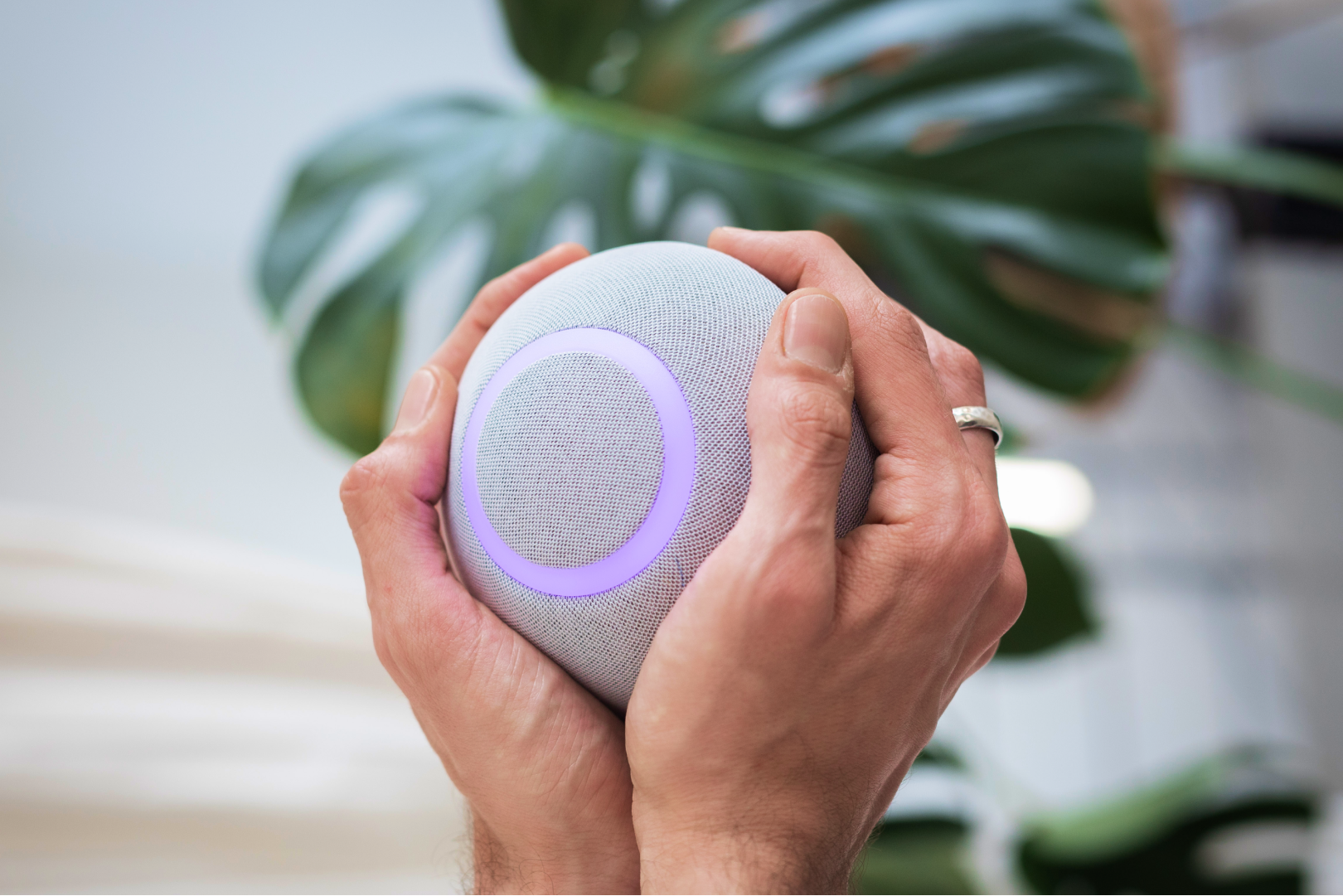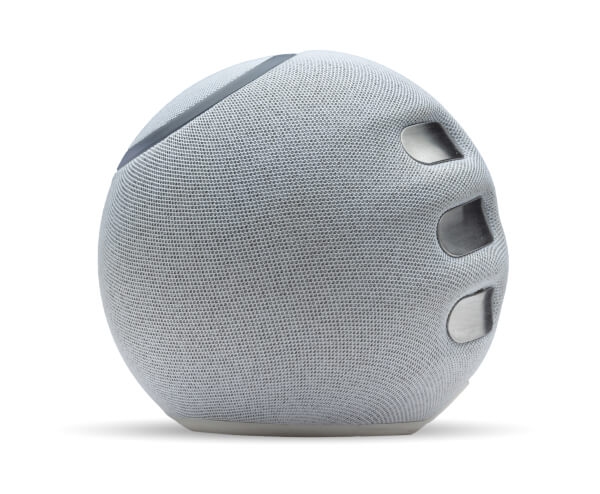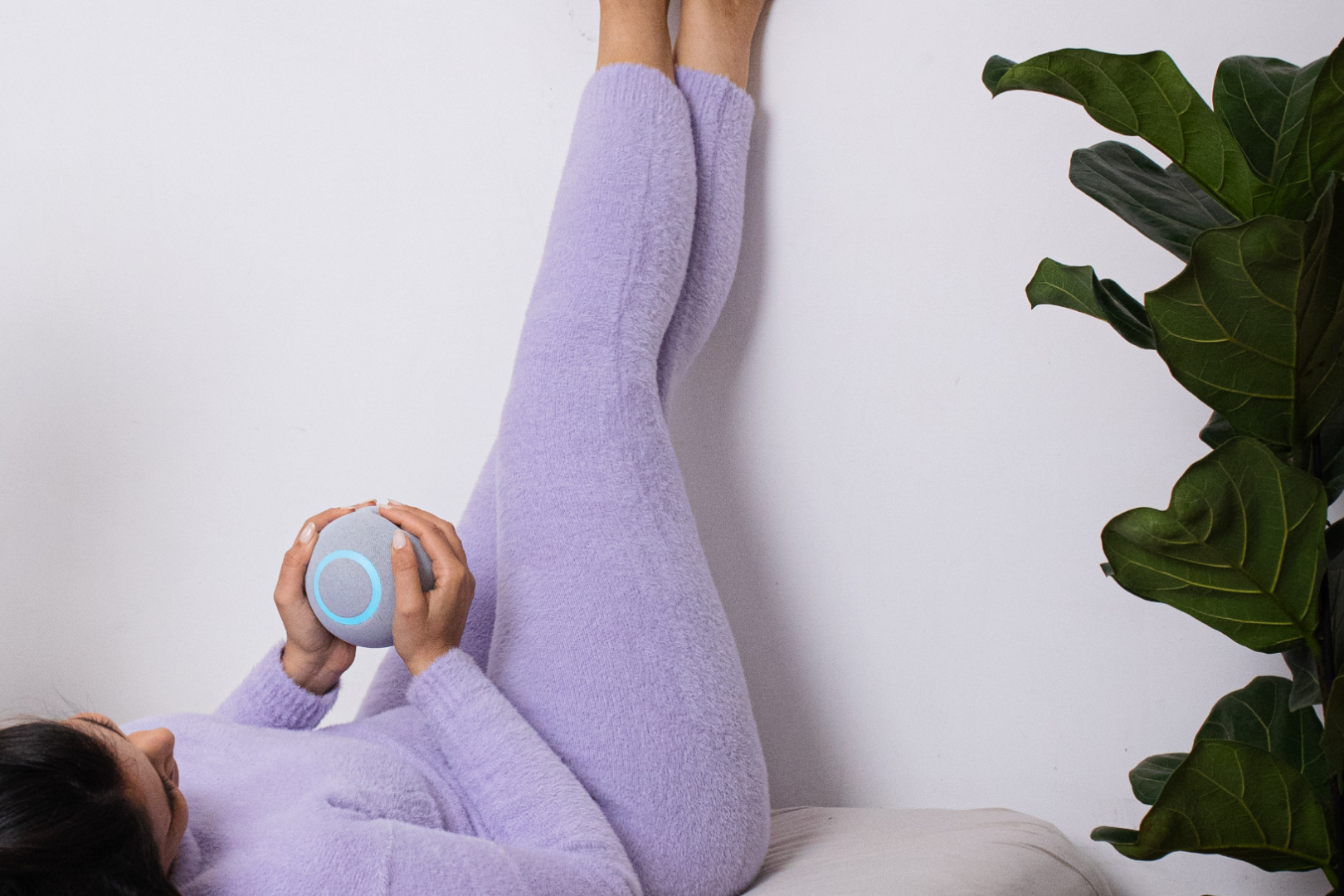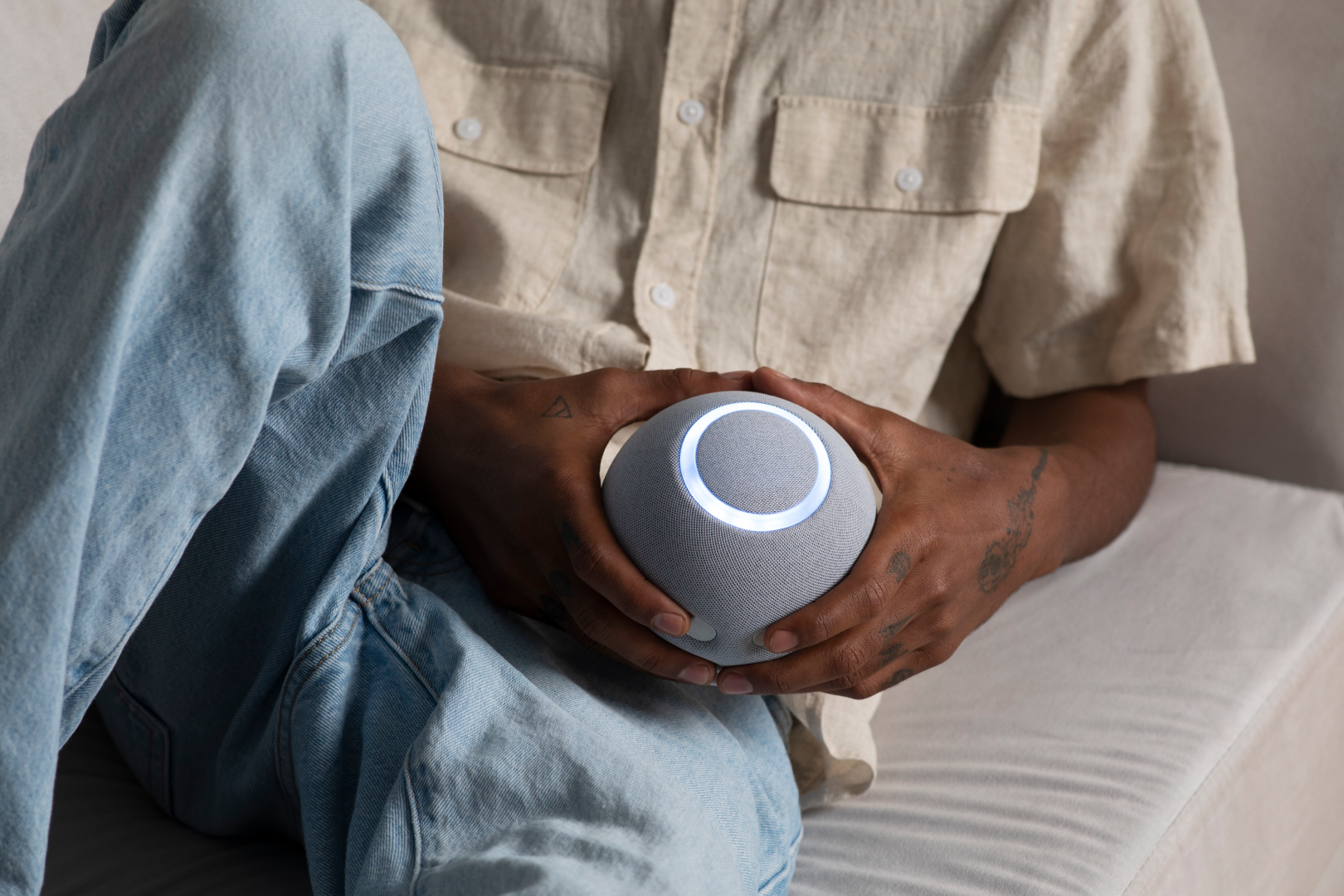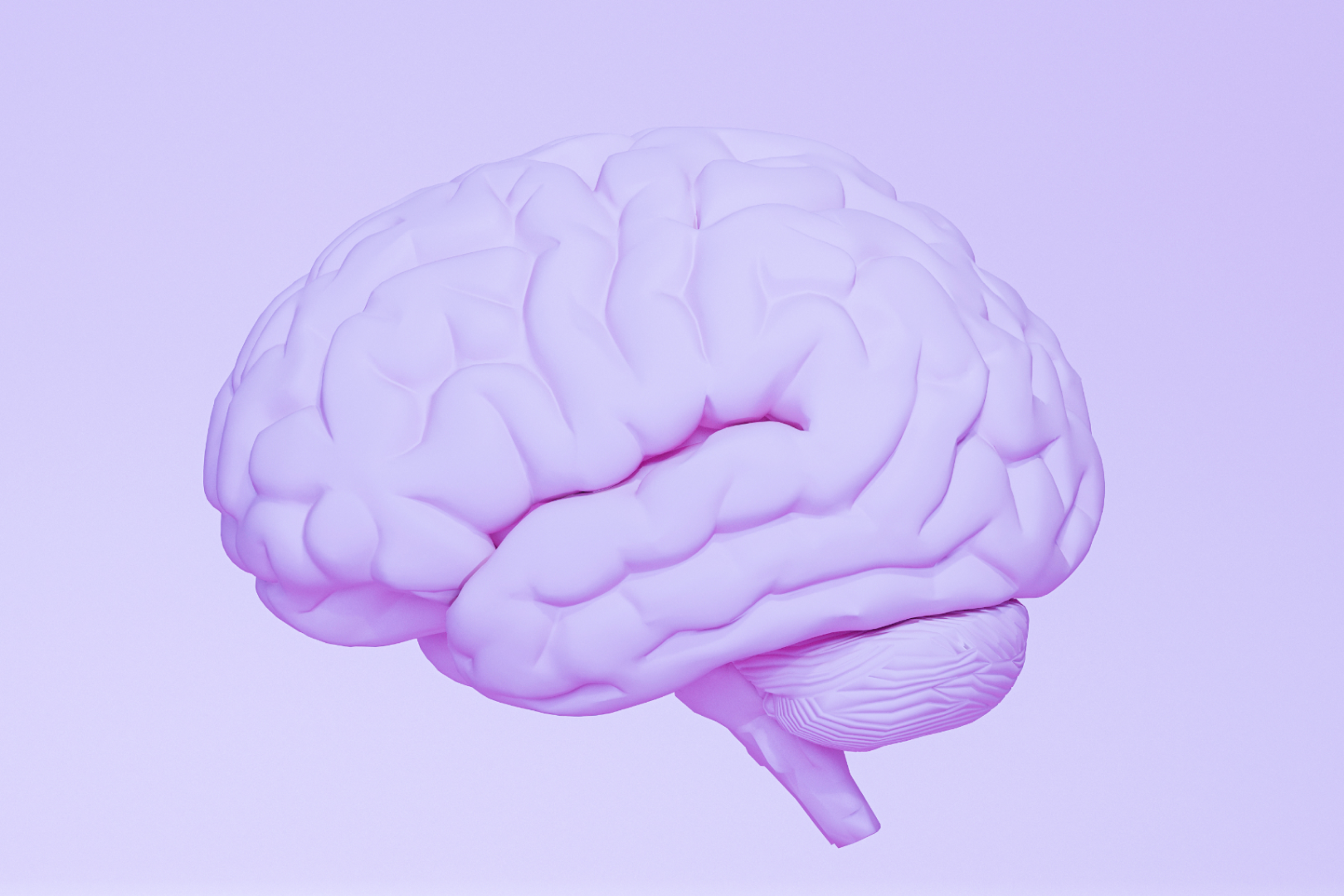Modern life is as busy and stressful as ever.
Between rising costs of living, climate change, social justice, and more, 2023 is putting the strain on people all over the world. Fifty-seven percent of Americans say they are stressed about their mental health, while 74% of people in the UK have been so stressed, it has made them overwhelmed and unable to cope.
Besides traditional treatments, such as psychotherapy and anti-anxiety medications, there are several alternative and natural methods that can be used to manage stress, reduce it, and regain a sense of calm and balance. Biofeedback stress treatment is one such example, which we’ll explore in this article. First, let’s take a look at the impact of stress on the body and mind:
How Does Stress Affect the Body?
Stress is a natural physiological response to the challenges of life, and it is as old as the human race itself. Archeological and historical studies have indicated that people suffered the effects of stress even thousands of years ago.
The physiological systems of the human body, such as blood circulation, hormonal production, respiration and digestion, are controlled automatically by the parasympathetic nervous system.
When the brain perceives danger, it triggers the parasympathetic nervous system to enter the “fight or flight” mode, directing the body to release stress hormones that cause rapid changes in physiology. This is not a conscious reaction – we don't choose to make our heart beat faster or to start sweating.
Of course, this stress response is beneficial and even life-saving in short bursts or when faced with an immediate threat. However, when stress becomes chronic, our bodies are in this heightened nervous state too often and for too long. This leads to the symptoms of stress that can have debilitating effects on the mind, body and spirit.
Here are some of the ways that stress shows up in the body:
- Raised heart rate and blood pressure: Stress puts a strain on the cardiovascular system and may increase the risk of hypertension and heart disease.
- Compromised immunity: Stress dampens the functioning of the immune system, making individuals more susceptible to infections and illnesses. It can also lead to skin problems or make existing skin issues worse, such as acne, eczema, and psoriasis.
- Sleep problems: Stress can make it harder to fall asleep and may cause insomnia. Lack of sleep or poor quality sleep affects the body’s ability to properly recover and repair. On the other hand, some people who are chronically stressed feel overtired and lethargic, and may sleep a lot during the day. This disrupts the ability to function properly, affecting work and relationships, and may exacerbate anxiety and depression.
- Digestion problems: Stress causes the body to hijack energy from the digestive system so it can be used to cope with the more immediate perceived danger. This leads to a wide range of digestion issues related to stress, including heartburn, stomach aches, irritable bowel syndrome (IBS), constipation and even nausea. Stress can also affect eating patterns. Some people overeat when they are stressed, which can cause weight gain, while others lose their appetite and may lose weight unnecessarily.
- Brain functioning: Prolonged stress interferes with the activity of neurotransmitters in the brain, which can impair cognitive function. People who are chronically stressed can experience problems with memory, concentration, and decision-making. Stress overload has even been shown to alter the brain's structure and functioning, impacting emotional regulation and increasing the risk of mood disorders.
- Muscular system: During the “fight or flight” response, the muscles contract to ready the body for life-saving action. During chronic stress, this manifests physically with muscle tension and pain, especially in the neck, shoulders, and back. This leads to headaches and migraines, which are very common symptoms of stress.
- Reproductive health: Stress can lead to hormone imbalance and menstrual irregularities in women. It is also associated with a decrease in sex drive in both men and women. This is probably due to a combination of hormonal and emotional triggers. In extreme cases, chronic stress is believed to contribute to fertility issues.
- Behavioral changes: People under a lot of stress often change their behaviors in detrimental ways, without necessarily realizing it. Stress is often accompanied by irritability, mood swings, and withdrawal from social activities. Some people may turn to unhealthy coping mechanisms, such as smoking, alcohol, or drug use, which can further damage health.
- Emotional changes: The mind and body are intimately connected. Many people suffering from the physical symptoms of stress also report emotional changes, such as anxiety, depression, apathy, hopelessness and anger management issues. Finding ways to manage these symptoms is just as important as healing the physical symptoms of stress.
What is Biofeedback?
Biofeedback is a mind-body technique that helps individuals become aware of their physiological reactions and gain greater control over them via monitoring and feedback in real time.
In the first half of the 20th century, scientists and physicians began to understand the enormous impact of the mind on the body. Developments in medical technology, such as electroencephalogram (EEG) brainwave measurement, enabled them to track physiological activity and gain a picture of how thoughts and feelings can alter the body’s functioning.
By the 1970s, biofeedback advanced as a recognized treatment and began to go mainstream among the therapeutic community. Practitioners of biofeedback found that they could help people understand the connection between the mind and the body’s reactions, learn to regulate uncomfortable symptoms, and improve their overall sense of wellbeing.
Biofeedback for stress is a non-invasive and drug-free treatment that complements traditional medicine or psychological therapy. It is used for a wide range of health problems and mental health issues, including chronic pain, anxiety disorders, ADHD, high blood pressure, asthma, headaches and more. Now let’s explain the process of biofeedback and why it is so effective for stress management.
How Does Biofeedback Therapy Work?
During a biofeedback session, sensors are attached to the individual's body to measure specific physiological responses. These sensors are connected to a monitoring device that displays the data in real-time, providing immediate feedback.
For example, a biofeedback session can measure heart rate variability, which denotes the differences in time between heartbeats. Low heart rate variability means that there are fewer variations between heartbeats, indicating high levels of stress.
While connected to the biofeedback device, the individual can ‘see’ how their physiological activity changes on the screen or display. For example, a light on the monitor can change color from red to green to indicate that heart rate variability is going up, or a graphic of a car speeding up can illustrate that breathing rate is becoming faster.
Either alone or with the help of a biofeedback practitioner, the individual practices relaxation and self-regulation techniques, such as meditation, and observes the changes in biofeedback data instantly.
This helps them to understand their physiological responses as they occur. Over time, with regular biofeedback training, individuals can learn how to recognize the signs of stress, and develop the ability to control their responses consciously.
People who practice feedback can take this knowledge and apply it to their day-to-day lives, helping them cope better with stress and anxiety, and gain control over many of their mind-body symptoms.
What Can You Learn from Biofeedback?
Biofeedback provides information about a range of physiological functions, including breathing rate, heart rate, heart rate variability, body temperature, galvanic sweat response, muscle contractions, as well as neurofeedback that measures brain wave activity.
By tracking and observing changes in these functions, the individual can gain powerful insights about what’s happening in their bodies, what emotions or thoughts triggers these physiological reactions, and what they need to do to reduce stress and minimize uncomfortable and unhealthy symptoms. Here are some of the main things one can learn from biofeedback:
- Stress levels: Biofeedback on measures such as heart rate variability, sweat response and muscle contractions can all provide good indicators of stress level and how to manage and reduce stress.
- Relaxation techniques: During biofeedback, the individual practices relaxation exercises, such as meditation, and observes how the body is responding. This helps them learn which relaxation techniques work best for them to promote inner calm and reduce stress.
- Emotional regulation: The stress markers identified during biofeedback provide insight into how one’s emotions affect their physiological state. With this knowledge, people can learn how their emotions are triggered and how to better regulate their response.
- Muscle activity: Electromyography (EMG) monitor muscle activity and the way that muscles respond to motor neurons. With the help of biofeedback, people can pinpoint muscle tension in different areas of the body and learn how to reduce tension and pain via progressive muscle relaxation techniques.
- Breathing patterns: Rapid, shallow breathing is one of the most common reactions to stress. Biofeedback helps monitor breathing patterns and train individuals to breathe more slowly and deeply, reducing anxiety and helping to promote a sense of wellbeing. It is also a helpful treatment for people with asthma, helping them gain more awareness and control over emotional triggers of asthma attacks.
- Heart health: Heart rate, blood pressure and heart rate variability can all be negatively affected by stress. With biofeedback, individuals can become aware of their cardiac response to stress and learn how to relax and control it better.
- Headache and migraine triggers: Biofeedback can help identify physiological changes that are associated with stress-related headache, such as muscle tension. It can also help individuals identify what triggers migraines by monitoring physiological changes before and during an attack.
- Chronic pain management: Biofeedback can be used to teach individuals how to reduce the perception of pain and cope with chronic pain conditions.
- Athletic performance: Athletes can use biofeedback to optimize their performance by understanding their physiological responses during training and competition.
- Gastrointestinal issues: Biofeedback can help in managing conditions like irritable bowel syndrome and constipation by monitoring stress levels and identifying emotional triggers that cause tension and disrupt gut activity. It can also train the individual in relaxation exercises that promote better digestion.
- Focus and concentration: Neurofeedback, which monitors brain activity, can help individuals understand their brainwave patterns to improve focus, attention, and cognitive function. This can be extremely helpful for people with ADHD.
- Mind-body connection: Biofeedback helps people better understand how mental and emotional states impact their physiological responses. With this knowledge, individuals can harness the mind-body connection to improve their overall wellbeing.
Personal Biofeedback Devices
While in the past, biofeedback treatment could only be done in a clinic, today there are many personal feedback devices on the market that can be used by individuals in their own homes.
This is largely due to advancements in technology that have made physiological tracking systems smaller and simpler to use.
Some biofeedback devices designed for at-home use don’t even require you to wear any sensors. The Reflect Orb is a biofeedback device for stress management that tracks physiological activity from the palms of the hands. Simply rest your hands on the orb, practice your favorite relaxation technique, and get the feedback directly from the device.
Personal feedback devices are a powerful tool to help people take charge of their wellbeing at their own pace, when it is convenient for them. Many people use an at-home biofeedback device to manage stress and learn how to calm their body before stress becomes chronic. Let’s take a look at some of ways that biofeedback for anxiety at home can help:
- Stress relief: A short biofeedback session at the end of a busy day can help identify tension and learn to relax in real time.
- Improve daily functioning: Biofeedback can help people improve the way they function in their daily lives by boosting memory, focus and organization. This can positively impact performance at work and in managing the family and household.
- Manage pain: Living with chronic pain is very challenging. Biofeedback is a treatment that can be done at home to understand pain signals and learn coping strategies. It is also helpful to manage uncomfortable side effects of medications, including those for cancer treatment.
- Easy interactive health monitoring: Biofeedback is a visual and intuitive technique that makes it very easy to understand complex physiological responses and how the mind impacts the body – without the need for a practitioner.
- Sleep aid: Biofeedback is an excellent technique to help understand the impact of stress on sleep and learn how to relax and unwind. Use it before bedtime to improve sleep and build better sleep hygiene habits.
- Integrate with other treatments and therapies: Biofeedback is an effective complementary treatment for traditional therapies that are widely used for chronic stress management. It can be used together with anti-anxiety medications, herbal supplements, psychotherapy and any other medical or alternative treatment you are currently using.
Using Biofeedback to Lead a Healthier Life
Biofeedback stress management is an effective, accessible and affordable way to cope better with stress and anxiety.
The ready availability of at-home biofeedback devices that are easy and comfortable to use mean that biofeedback can be done by anyone who wants to reduce tension, improve mental health and gain the benefits of biofeedback in their lives.
Using biofeedback to get real results takes some practice. Many people choose to go to a biofeedback therapist, while others prefer to do biofeedback on their own, with a personal device. There is no right or wrong way. For those who need guidance to get started, a few visits to an experienced practitioner will be a good choice.
For people who are confident to try on their own, they can do so with the Reflect Orb or any other biofeedback device designed for personal use that meets their budget and wellness goals.
FAQs
Is biofeedback safe for everyone?
Yes, biofeedback is a non-invasive, drug-free and completely safe treatment that is suitable for everyone.
How long does it take to see results from biofeedback therapy?
Biofeedback should be practiced on a regular basis to gain the benefits. For some people, results will be felt after a few weeks. For others it may take a few months to see results from biofeedback therapy.
Can biofeedback replace other stress management techniques?
Biofeedback is a good technique for stress management that can be practiced on its own, or in conjunction with other stress management techniques, such as psychological therapy. If you find that biofeedback is working well for you, you may replace other stress management techniques with biofeedback. It is always wise to consult with your therapist or physician before making any major changes to your stress management routine.
Are there any side effects of using biofeedback?
No, biofeedback does not have any side effects. For some people, the practice of sitting with one’s feelings and observing the physiological reactions may be confronting. If you are feeling concerned, seek the assistance of a trained biofeedback practitioner.
Can I learn biofeedback techniques on my own or do I need professional guidance?
Biofeedback can be self-taught and there are resources available to help you. If you want to go it alone, choose a personal biofeedback device that is comfortable and right for you. For those people who need or want professional guidance, consult with a biofeedback practitioner or a therapist who uses biofeedback in conjunction with other treatments.
